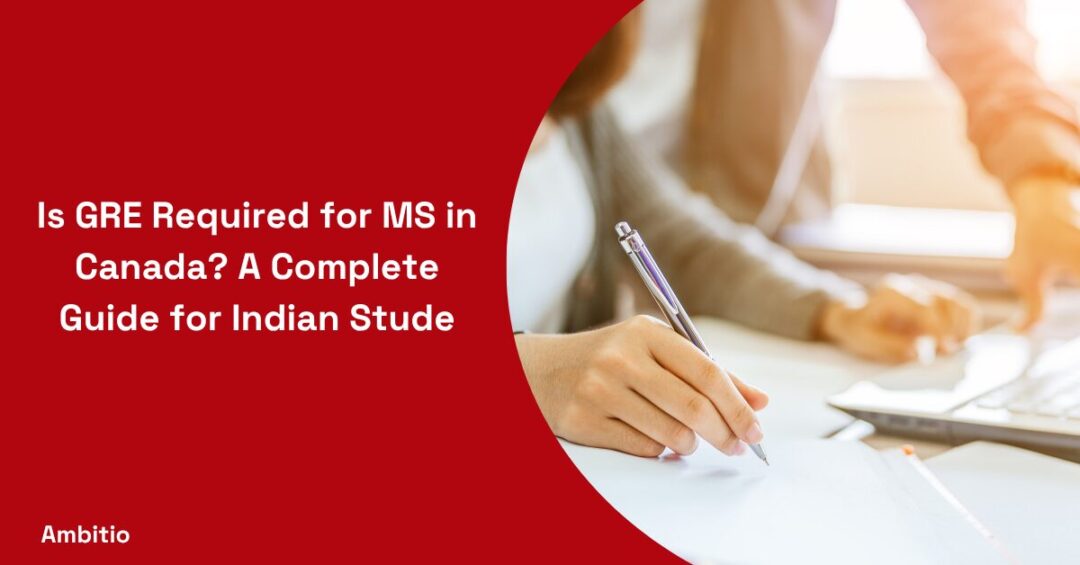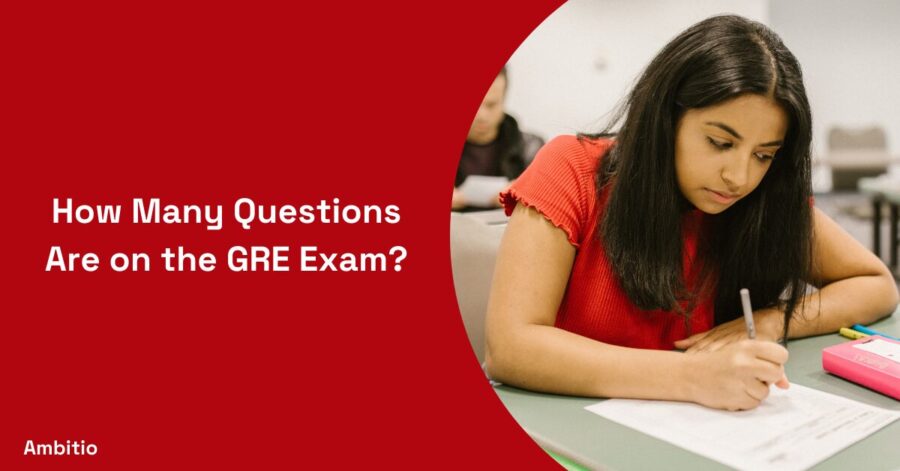12 December 2024
6 minutes read
Mastering Coordinate Geometry for the GRE: Essential Formulas and Concepts

Introduction
Preparing for the GRE requires a strong grasp of various mathematical concepts, with coordinate geometry playing a pivotal role. This blog offers an in-depth exploration of coordinate geometry, focusing on its application in the GRE math section.
We will discuss the essential formulas and geometry concepts necessary to excel in the GRE quant section, and how these are utilized in GRE geometry-based questions.
The Importance of Coordinate Geometry in GRE Math
Fundamental Principles of Coordinate Geometry in GRE Math
The Coordinate Plane: A Vital Tool in GRE Math
Coordinate geometry, a significant component of the GRE math syllabus, involves plotting and analyzing points, lines, and shapes on the coordinate plane. Understanding this plane, defined by a horizontal x-axis and a vertical y-axis, is crucial. Each point on this plane is represented by an ordered pair (x, y), making it the foundational concept for solving geometry problems on the GRE.
Interpreting Graphs and Figures
In GRE math, you’ll often encounter questions that require interpreting graphical data. This includes understanding the slope, intercepts, and general shape of lines and curves on the coordinate plane. A firm grasp of these concepts not only aids in answering direct questions but also in visualizing and solving complex problems more intuitively.
Advanced Applications of Coordinate Geometry in GRE Math
Geometric Transformations and Their GRE Implications
Transformations such as translations, rotations, and reflections are frequently tested in the GRE. Understanding how these transformations affect the coordinates of shapes and their overall properties is crucial for solving higher-level GRE questions.
GRE Geometry Formulas and Practice Questions
Geometry is an integral part of the GRE quantitative section. A clear understanding of various geometry formulas and their application is key to tackling this section effectively. Here, we delve deeper into the essential GRE geometry formulas and how to apply them through practice questions.
Essential GRE Geometry Formulas
Formulas for Slope and Lines
- Slope Formula: The slope of a line (m) is given by m=x2−x1y2−y1. This formula is crucial in determining the relationship between two points on a coordinate plane and understanding the nature of the line they form.
- Equation of a Line: The standard form of a line equation is y=mx+b, where m is the slope and b is the y-intercept. This form is particularly useful in GRE questions where you need to identify or compare different lines on a graph.
Distance and Midpoint Formulas
- Distance Formula: To calculate the distance (d) between two points (x1, y1) and (x2, y2), the formula d=(x2−x1)2+(y2−y1)2 is used. This formula is a direct application of the Pythagorean theorem in the coordinate plane.
- Midpoint Formula: The midpoint of a line segment with endpoints (x1, y1) and (x2, y2) is found using (2×1+x2,2y1+y2). This concept is often tested in questions involving the bisecting of line segments.
Circle Formulas
- Equation of a Circle: The standard form is (x−h)2+(y−k)2=r2, where (h, k) is the center of the circle and r is the radius. Understanding this equation is vital for GRE questions that involve circles on the coordinate plane.
Area and Perimeter Formulas
- Triangles: The area of a triangle is given by 1/2×base×height. For right triangles, you can also use the Pythagorean theorem to find missing sides and subsequently the area.
- Rectangles and Squares: The area is calculated as length times width, and the perimeter is the sum of all sides. For squares, where all sides are equal, these calculations become more straightforward.
- Circles: The area of a circle is πr2, and the circumference is 2πr. Questions might involve finding areas of sectors or the length of arcs, which are fractions of the whole circle.
Geometry Concepts and Their Application in GRE Practice Questions
Applying the Pythagorean Theorem
In the GRE, the Pythagorean theorem is often used in questions involving right triangles, the distance between two points, and properties of various shapes. For example, a common question type involves finding the length of the hypotenuse of a right triangle when the other two sides are given.
Quadrilaterals and Their Properties
Understanding the properties of various quadrilaterals such as parallelograms, rectangles, and trapezoids is essential. For instance, GRE questions may ask for the area of a parallelogram given the base and height or the properties of a rectangle when the coordinates of its vertices are provided.
Practice Questions
- Slope and Line Equations: Given two points (1, 2) and (3, 4), find the equation of the line passing through them.
- Distance Formula: What is the distance between the points (-3, -4) and (0, 0)?
- Area of a Triangle: If a right triangle has legs of lengths 3 and 4, what is its area?
- Circle Questions: Find the radius of a circle whose equation is x2+y2=16.
These practice questions cover the basics of what you can expect in the GRE’s geometry section. Regular practice with these types of problems will enhance your understanding and speed, which are crucial for success in the quantitative section of the GRE.
Geometry Concepts and Their Application in GRE Practice Questions
Understanding and Applying the Pythagorean Theorem
The Pythagorean theorem, a fundamental concept in geometry, is frequently tested on the GRE. This theorem, which relates the lengths of the sides of a right triangle, has various applications in coordinate geometry, such as finding distances between points and properties of different shapes.
Quadrilaterals and Their Properties
Quadrilaterals, including squares, rectangles, parallelograms, and trapezoids, feature prominently in GRE questions. Understanding their properties, such as angles, side lengths, and area formulas, is key to solving these problems.
Advanced Coordinate Geometry for GRE Quant
Delving into the more complex aspects of coordinate geometry can give you a significant edge in the GRE Quant section. Here are key points covering advanced topics and strategies:
- Understanding Loci in Coordinate Geometry:
- Loci represent a set of points that satisfy a particular condition. For instance, the set of all points equidistant from a single point forms a circle.
- GRE questions may involve finding the locus that corresponds to a specific geometric condition.
- Analyzing Conic Sections:
- Conic sections include circles, ellipses, parabolas, and hyperbolas. Each has a unique equation and set of properties.
- Questions might involve identifying these shapes from their equations or finding specific elements like foci, vertices, or axes.
- Coordinate Plane Transformations:
- This involves shifting (translation), rotating, or reflecting shapes on the coordinate plane.
- Understanding how these transformations affect the coordinates of a figure is crucial for solving complex GRE problems.
- Utilizing Vector Concepts:
- Vectors are used to represent quantities that have both magnitude and direction, like displacement.
- GRE questions might include vector addition, subtraction, or finding the magnitude and direction of a resultant vector.
- Applying the Slope-Intercept and Point-Slope Forms:
- Beyond the basic y = mx + b form, understanding the point-slope form (y – y1 = m(x – x1)) is vital for GRE questions involving lines.
- These forms are particularly useful in questions that require you to find the equation of a line given certain conditions.
- Complex Applications of the Distance Formula:
- The distance formula is often used in more complex scenarios on the GRE, such as finding the shortest distance between a point and a line.
- Understanding how to apply this formula in various contexts is key to solving high-level coordinate geometry questions.
- Exploring the Concepts of Symmetry:
- Symmetry in coordinate geometry can involve reflectional symmetry (across a line) or rotational symmetry (around a point).
- GRE questions may test your ability to identify symmetrical properties in complex figures or use symmetry to simplify problem-solving.
- The intersection of Lines and Curves:
- Problems may involve finding the points of intersection between different geometric shapes, such as a line and a parabola.
- Solving these problems typically requires setting the equations of the shapes equal to each other and solving for the variables.
- Advanced Area and Perimeter Calculations:
- Beyond basic shapes, GRE questions might involve calculating the area or perimeter of more complex figures formed by combining multiple shapes.
- These questions require a good understanding of both the properties of individual shapes and how to integrate them.
- Handling Real-World Problems:
- GRE often frames coordinate geometry questions in a real-world context, requiring the application of concepts to solve practical problems.
- This involves interpreting and modeling real-life scenarios using coordinate geometry principles.
Understanding and mastering these advanced coordinate geometry concepts will greatly enhance your problem-solving skills for the GRE Quant section. Regular practice with a variety of problems, including those that integrate multiple concepts, is crucial for success.
Conclusion
Mastering coordinate geometry is a critical step in preparing for the GRE, particularly for the quantitative section. Understanding the fundamental concepts, memorizing key formulas, and practicing application through varied problems will significantly enhance your GRE preparation. This comprehensive guide serves as a resource to build a strong foundation in coordinate geometry, paving the way for success in your GRE test.
FAQs
Q1: How crucial is coordinate geometry for the GRE quant section?
Coordinate geometry is a vital part of the GRE quant section. It not only forms a significant portion of the questions but also helps in developing analytical skills crucial for other areas of the test.
Q2: What is the best way to master coordinate geometry for the GRE?
Consistent practice, along with a thorough understanding of the basic principles and formulas, is key. Utilizing practice questions and mock tests can greatly aid in this process.
Q3: Can a strong understanding of coordinate geometry compensate for weaknesses in other math areas on the GRE?
While a strong understanding of coordinate geometry is beneficial, the GRE quant section is comprehensive. A balanced preparation covering all areas of math is essential for a high score.

You can study at top universities worldwide!
Get expert tips and tricks to get into top universities with a free expert session.
Book Your Free 30-Minute Session Now! Book a call now




























